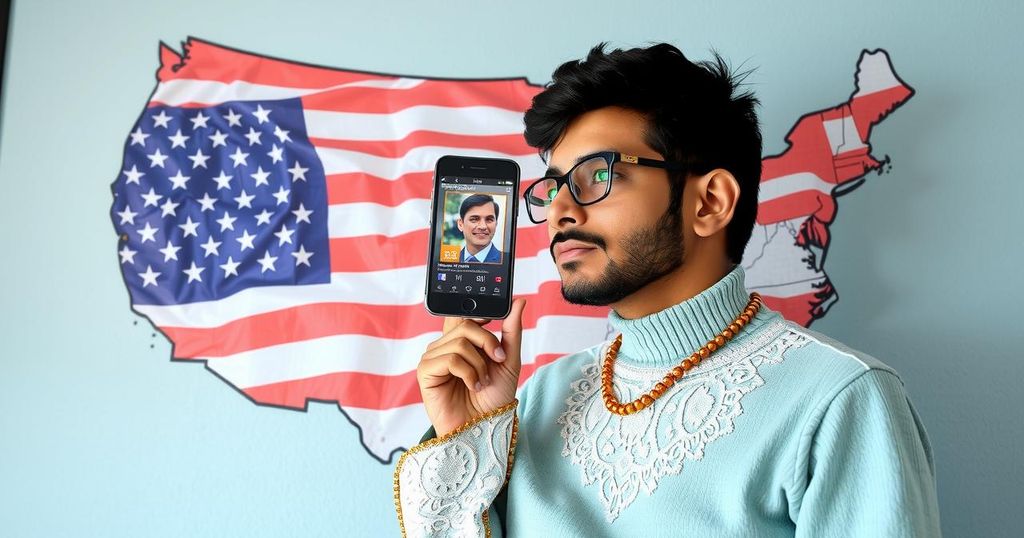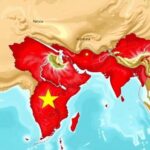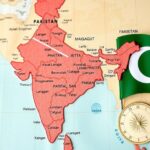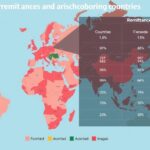Anxiety Surrounding H-1B Visas: The Indian Pursuit of the American Dream
The H-1B visa program is a vital avenue for Indian professionals seeking opportunities in the U.S., yet it faces heightened scrutiny amid immigration debates, especially following political shifts under President-elect Donald Trump. Concerns about job competition, lengthened pathways to green cards, and cultural assimilation amplify existing anxieties. Despite these challenges, Indian nationals continue to pursue educational and professional ambitions in the U.S., drawn by higher wages and significant career prospects.
Ashish Chauhan, a 29-year-old finance professional from India, aspires to attain an MBA from an American institution next year, envisioning a future career in the United States. However, he grapples with uncertainties arising from a contentious immigration climate fostered by President-elect Donald Trump and his supporters concerning the H-1B visa program. This program, crucial for attracting highly skilled foreign workers to the U.S., is praised for its capacity to draw global talent yet criticized for purportedly undermining American job prospects.
Indians currently embody the largest demographic within the H-1B visa recipients, accounting for 72%, followed by 12% of visas awarded to Chinese citizens. In 2023, the majority of H-1B visa holders operated in sectors such as science, technology, engineering, and mathematics (STEM), with 65% engaged primarily in computer-related occupations. Their average annual salary amounted to $118,000, significantly higher than that in India, making the program intrinsically attractive to talent from the subcontinent.
The heightened apprehension surrounding H-1B visas intertwines with broader debates on immigration in the United States. According to a Pew Research report, immigration to the U.S. surged by 1.6 million in 2023, marking the largest increase in over twenty years, with immigrants now representing more than 14% of the population. Indian nationals constitute the second-largest immigrant group, trailing only behind Mexicans, prompting concerns that increased immigration could impact job availability and hinder overall assimilation processes.
As India surpasses China as the primary exporter of international students, a record 331,602 Indian scholars have enrolled in U.S. institutions for the 2023-2024 academic year, many of whom rely on loans. The potential for a visa freeze raises fears of devastating impacts on family finances and aspirations. Mr. Chauhan articulates his concern that growing resistance to H-1B visas might engender resentment toward the Indian community in the U.S., though he resolves not to delay his ambitions due to ongoing volatility.
Efforts to curtail the H-1B program intensified during Trump’s first term, resulting in stringent scrutiny of applications and a staggering rise in rejection rates. Under the Biden administration, although the number of approved H-1B applications remained consistent, uncertainties persist regarding future policies. Stephen Yale-Loehr, an immigration expert at Cornell Law School, indicates that the balance of opinion within the new administration remains conflicted.
Historically, the H-1B program has played a pivotal role in propelling Indians into highly educated and prosperous strata in America. It fosters a landscape where diverse Indian immigrant communities emerge, characterized by varying linguistic backgrounds, while enabling individuals to achieve significant professional heights. However, while the program serves as a gateway to lucrative employment opportunities, it simultaneously presents significant hurdles as many applicants await green cards for prolonged durations of twenty to thirty years.
Critics of the H-1B program point to issues including fraud, especially within major Indian IT firms, which serve as top recipients of these visas. Legal disputes, such as the discrimination case against Cognizant, exemplify the tensions surrounding the program. Proponents like Mr. Chowdhury argue against notions of underpayment among visa holders, emphasizing that median wages far exceed the national average, with companies investing substantially in legal and procedural expenses to obtain these visas.
India endeavors to solidify the H-1B framework amidst the political unpredictability ushered in by Trump’s leadership. Statements from the Indian foreign ministry underscore the importance of skilled professional mobility as a critical element of U.S.-India relations. For those students aiming to secure employment in the U.S., expert immigration counsel and institutional fit are essential to navigating the potential changes.
Despite the prevailing political landscape, Indian interest in the H-1B visa program remains resolute, with many individuals determined to pursue their American dream, signaling an unwavering commitment to educational and professional advancement in the U.S. environment.
The H-1B visa program has long been a significant pathway for skilled foreign workers, particularly from India, to secure employment in the United States. This visa category allows professionals to work in specific fields, primarily within science and technology sectors. As concerns over immigration continue to intensify in political discourse, the future of the H-1B program has become a contentious issue, with implications for thousands of aspiring immigrants and students from India. The increasing presence of international students and professionals in the U.S. reflects not only personal ambition but also broader economic ties between India and the United States.
The H-1B visa program remains a double-edged sword for Indian professionals, presenting lucrative opportunities paired with significant uncertainties. As debates surrounding immigration policy evolve in the U.S., the resolve among aspiring applicants appears steadfast, highlighting an enduring pursuit of the American dream despite potential challenges. Understanding the historical and socio-economic implications of the H-1B visa program is critical for navigating this complex landscape, informing both individuals and policymakers alike about the necessity of maintaining robust paths for skilled immigration.
Original Source: www.bbc.com








Post Comment